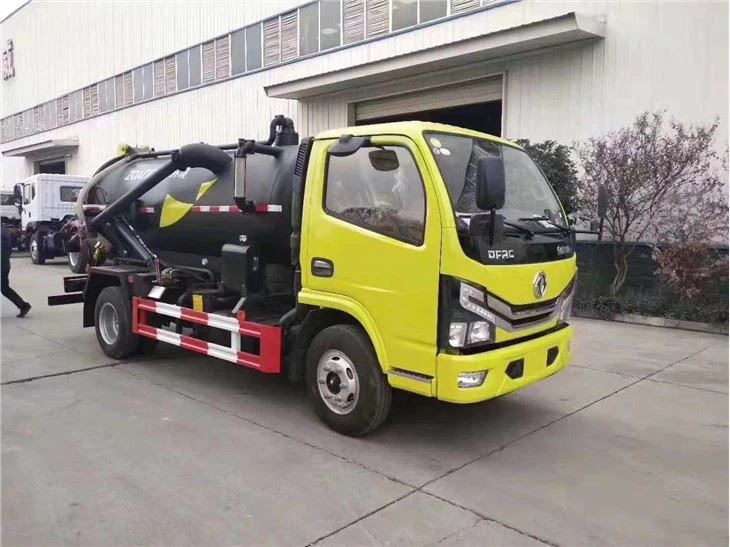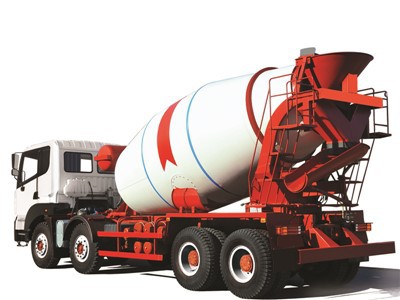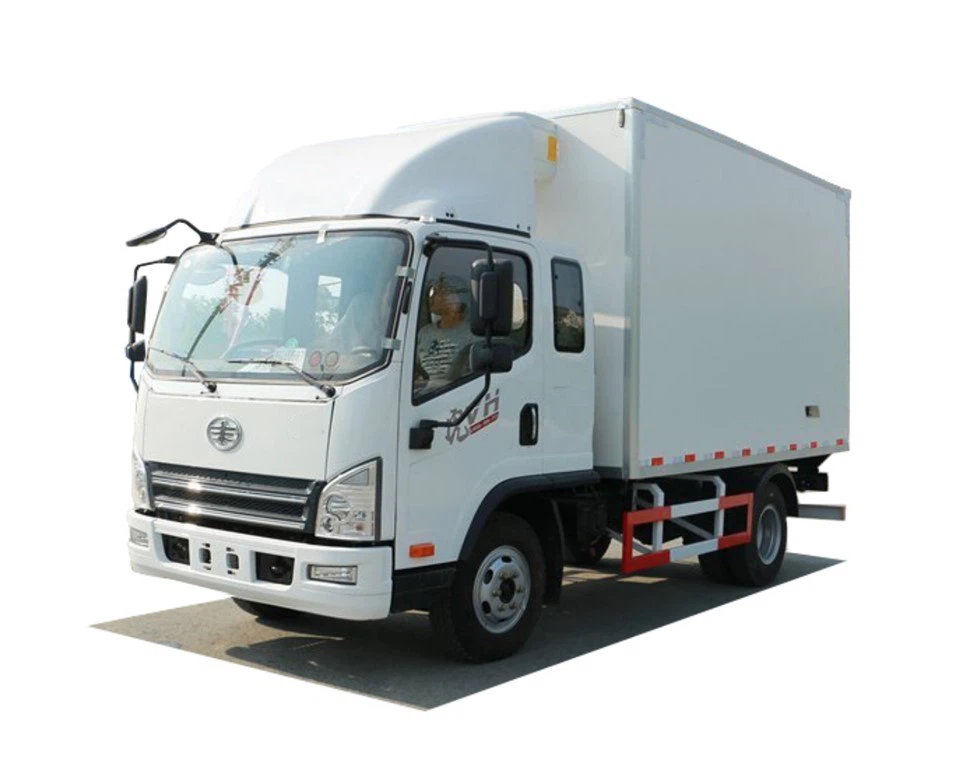My Garbage Truck: Understanding Its Importance and Functionality

Introduction
Garbage trucks are essential vehicles in every community, playing a crucial role in maintaining cleanliness and hygiene. Known for their distinct shapes and colors, these trucks are part of a daily routine for many residents. In this article, we will explore everything about my garbage truck—from its mechanism to the different types, their environmental impact, and how you can effectively engage with your local waste management authorities. Get ready to discover the importance of garbage trucks in urban life and how they contribute to our surroundings.
The Anatomy of My Garbage Truck
1. Overview of Garbage Truck Components
Understanding the various components of a garbage truck can shed light on how it operates efficiently. Here are the key parts:
- Chassis: The base structure of the truck that supports all other components.
- Body: The container designed for collecting waste materials.
- Loader: Mechanisms that help with lifting and dumping trash.
- Hydraulic System: Used for lifting, tilting, and compacting the waste.
- Engine: Powers the truck and ensures it can move with heavy loads.
2. Types of Garbage Trucks
Garbage trucks come in various shapes and sizes, each designed for specific waste management tasks:
| Type of Garbage Truck | Description |
|---|---|
| Rear Loader | Classic design with a rear-loading mechanism, ideal for tight spaces. |
| Front Loader | Designed for commercial use, featuring a hydraulic arm for lifting bins. |
| Suction Trucks | Used for liquid waste removal, often equipped with vacuum systems. |
| Side Loader | Collects waste from the side, often used in residential areas. |
3. How Garbage Trucks Function
The functioning of a garbage truck is a seamless process, involving different stages:
- Collection: Waste is gathered from bins placed along the route.
- Compaction: The truck compacts the waste for effective transportation.
- Transport: The truck delivers the waste to designated landfills or recycling centers.
- Dumping: At the destination, the truck unloads the trash for proper disposal.
Environmental Impact of Garbage Trucks

1. Emissions and Pollution
Garbage trucks, like many heavy vehicles, can contribute to air pollution. However, advancements are being made in eco-friendly technologies:
- Electric Garbage Trucks: Minimizing carbon emissions and noise pollution.
- Compressed Natural Gas (CNG): A cleaner alternative to diesel fuels.
2. Waste Management and Recycling
Effective waste management is critical for reducing landfills. Garbage trucks play a pivotal role in facilitating recycling and waste segregation:
- Dedicated recycling trucks collect recyclable materials separately.
- Community education on waste separation can lead to higher recycling rates.

Engaging with My Local Garbage Truck Services
1. Understanding Waste Collection Schedules
Your local government or waste management authority usually provides a waste collection schedule. Being aware of these details can facilitate better waste management in your household.
2. Reporting Service Issues
If you notice inconsistencies in service delivery, don’t hesitate to report these issues through the appropriate channels:
- Visit the local waste management website.
- Call the customer service number for quick resolution.
3. Community Clean-Up Initiatives
Participating in community clean-up programs can help educate residents about responsible waste disposal:
- Coordinate with local authorities to organize clean-up days.
- Encourage neighbors to join and promote environmental awareness.
Practical Tips for Managing Household Waste
1. Implementing Segregation at Home
Segregating waste at home is straightforward:
- Recyclables: Plastic, paper, glass, and metals.
- Organic Waste: Food scraps and yard waste for composting.
- Non-Recyclables: Items that cannot be reused or recycled.
2. Composting Practices
Composting is an excellent way to minimize organic waste. Here’s how to start:
- Choose a compost bin or a designated area in your backyard.
- Add layers of kitchen scraps and yard waste.
- Turn the pile regularly to aerate and facilitate decomposition.
3. Limiting Single-Use Plastics
Reducing single-use plastics can significantly decrease waste generation:
- Use reusable bags, containers, and bottles.
- Opt for unpackaged or bulk items when shopping.
Frequently Asked Questions (FAQs)
1. How often does the garbage truck come to my neighborhood?
The frequency of garbage collection varies based on your local regulations. Check with your municipality for specific schedules.
2. What should I do if my garbage wasn’t collected?
If your garbage wasn’t picked up, report it to your local waste management department. They may reschedule the collection for missed pickups.
3. Can I request special pickups for large items?
Many waste management services offer bulk item pickup days or special arrangements for heavy items. Contact your local service provider for details on scheduling a pickup.
4. What is the best way to dispose of hazardous waste?
Hazardous materials require special handling. Most municipalities have designated facilities or collection events for safe disposal. Always check local guidelines.
5. How do garbage trucks minimize noise pollution?

Modern garbage trucks are designed with better insulation and hydraulic systems, reducing noise. Additionally, electric garbage trucks operate more quietly than traditional models.
6. What is the average lifespan of a garbage truck?
Typically, a garbage truck can last between 10 to 15 years, depending on maintenance and usage. Regular servicing can extend its lifespan significantly.
